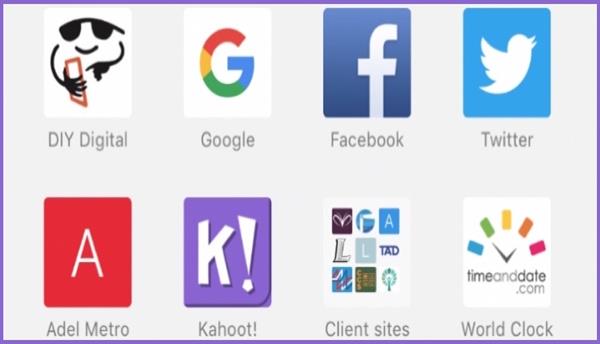Domain names and URLs are two important components of the internet that are used to identify and locate websites. While they are related, they have different functionalities and serve different purposes.
Domain Name:
A domain name is a unique name that identifies a website on the internet. It is used to locate and access a website on the World Wide Web. A domain name consists of two parts: the top-level domain (TLD) and the second-level domain (SLD). The TLD is the last part of the domain name, such as .com, .org, .edu, or .net. The SLD is the first part of the domain name and is usually the name of the organization or website.
Domain names are registered with domain name registrars, which are organizations that manage and sell domain names. Once a domain name is registered, it can be used to create a website and host it on a web server.
URL:
A URL (Uniform Resource Locator) is a web address that is used to locate and access a specific web page or resource on the internet. A URL consists of several parts, including the protocol (such as HTTP or HTTPS), the domain name or IP address, the path, and the parameters.
For example, the URL for the homepage of Google is "https://www.google.com/". The protocol is HTTPS, the domain name is "google.com", and the path is "/" (which refers to the homepage).

Differences:
The main difference between a domain name and a URL is their purpose. A domain name is used to identify and locate a website, while a URL is used to locate a specific web page or resource on the internet.
Another difference between a domain name and a URL is their structure. A domain name consists of a top-level domain and a second-level domain, while a URL consists of several parts, including the protocol, domain name or IP address, path, and parameters.
In terms of functionality, a domain name can be used to create and host a website, while a URL is used to access a specific web page or resource on the internet.
In conclusion, domain names and URLs are both important components of the internet that are used to identify and locate websites and web pages. While they are related, they have different functionalities and serve different purposes. Understanding the differences between these two components is important for creating and accessing websites on the internet.